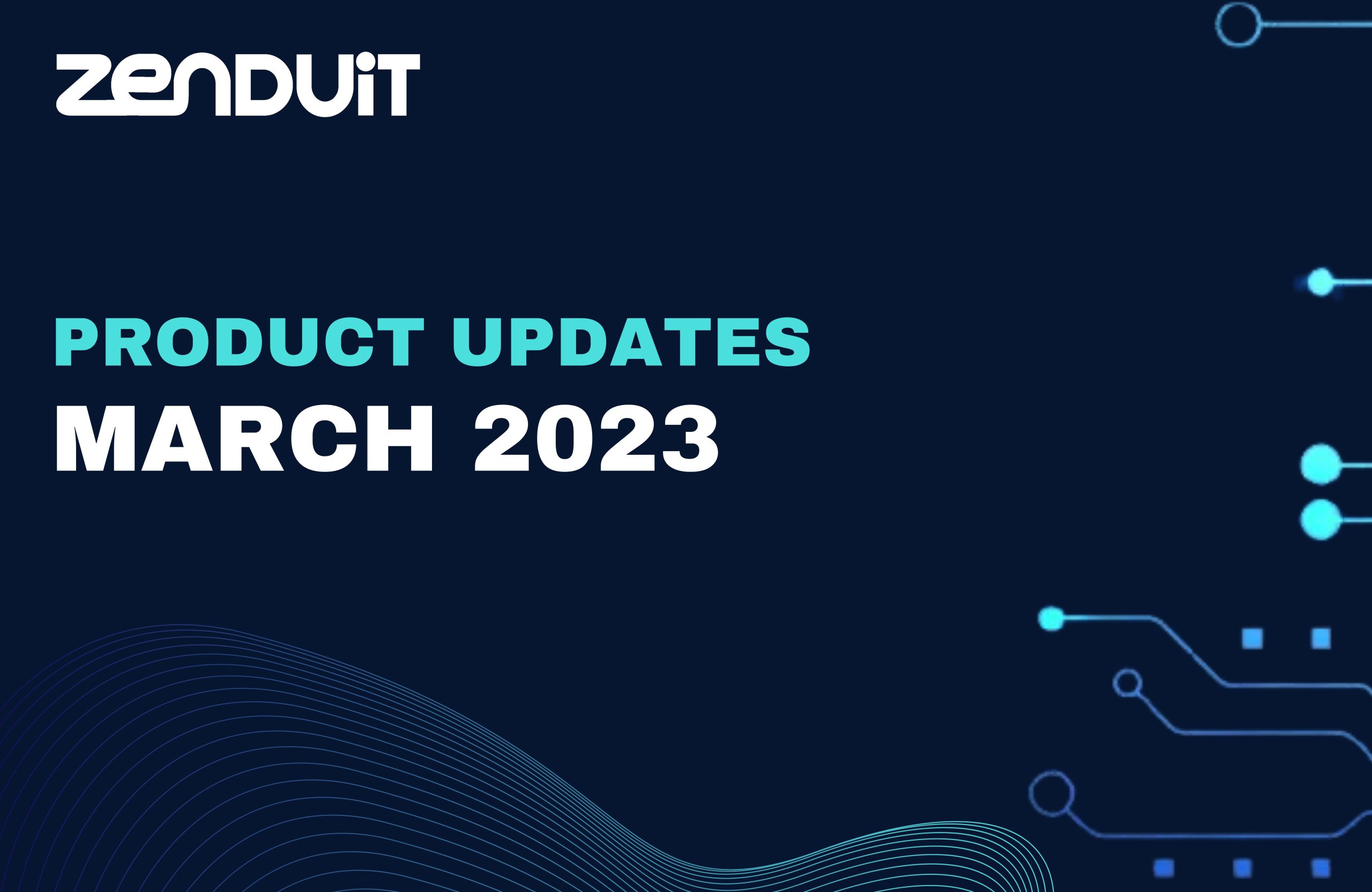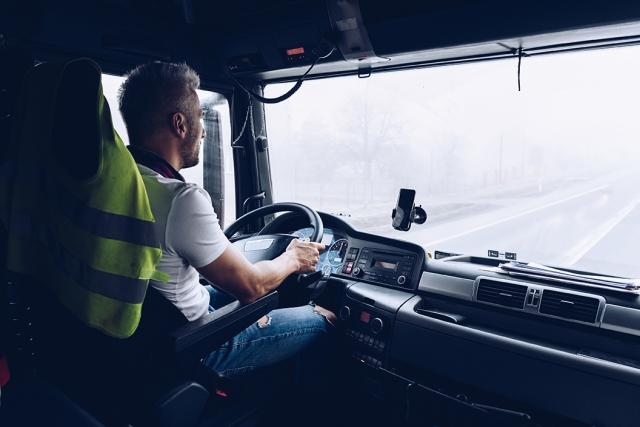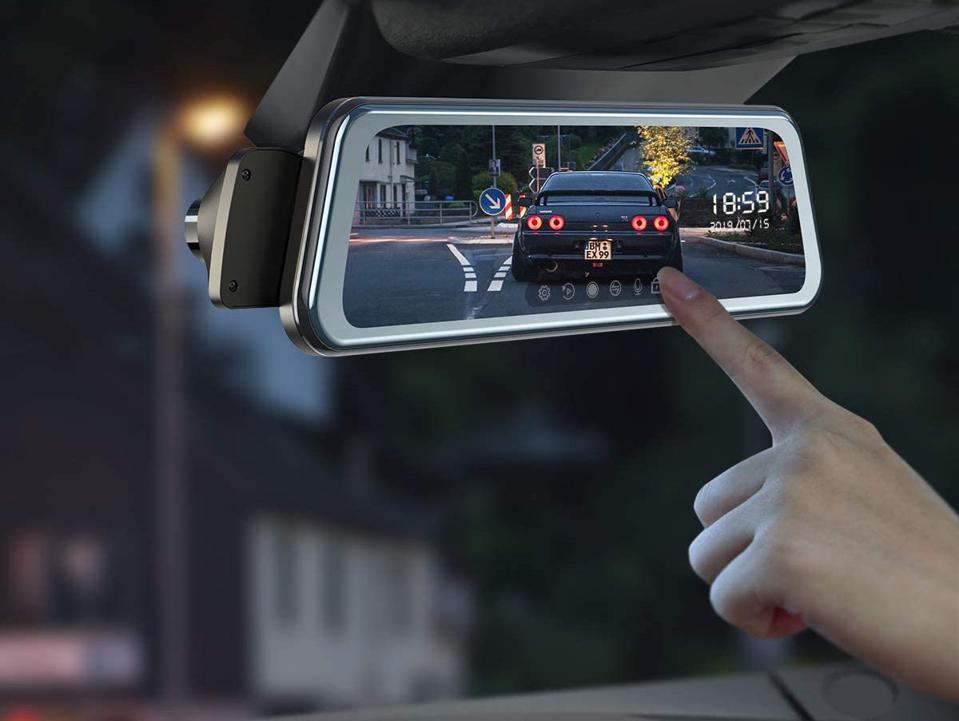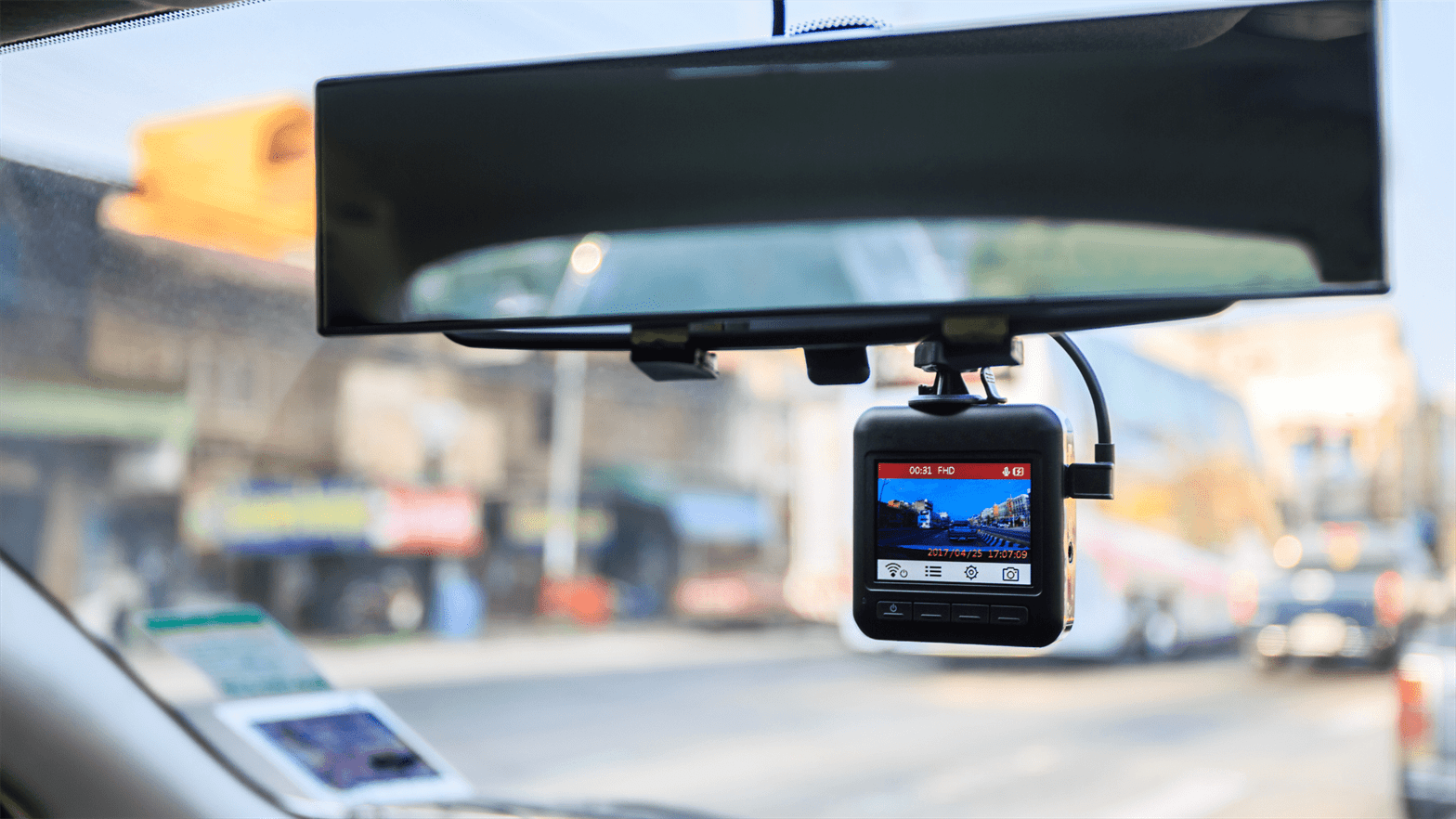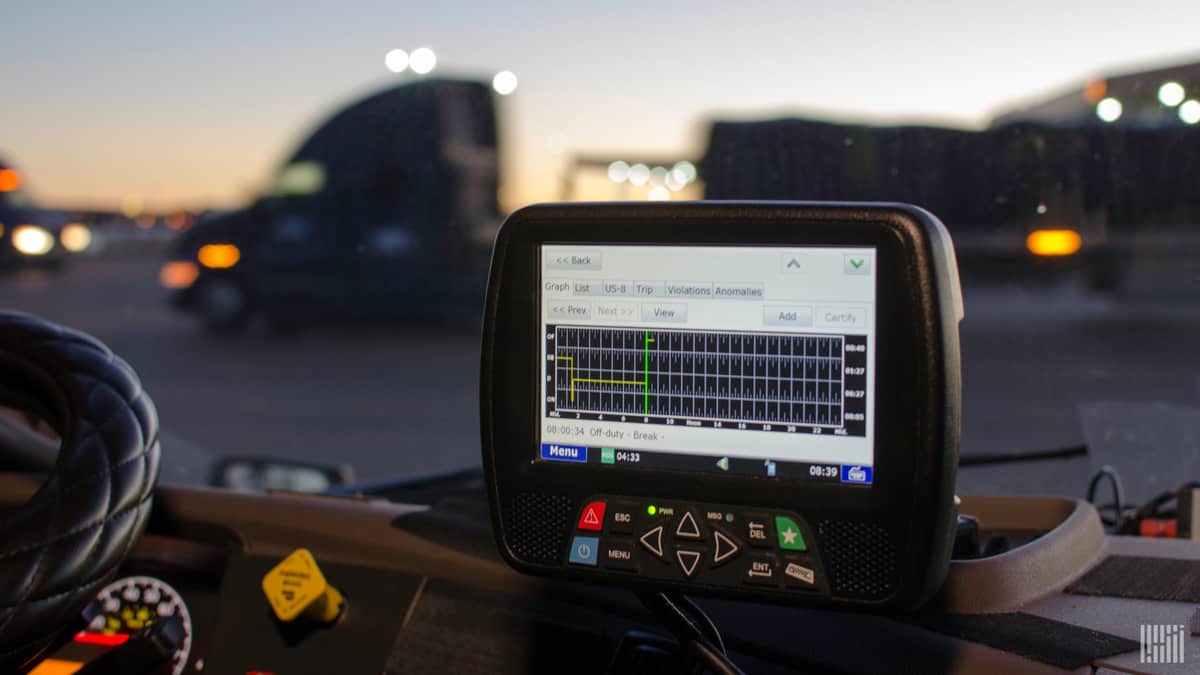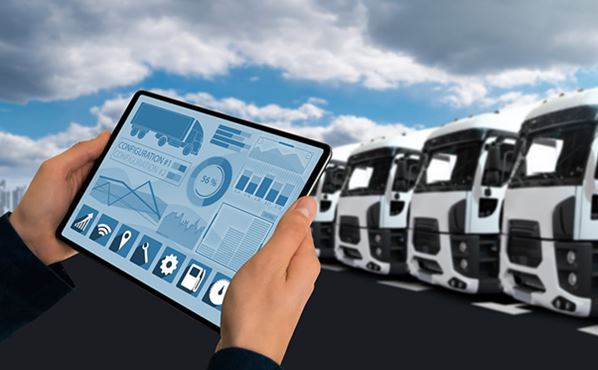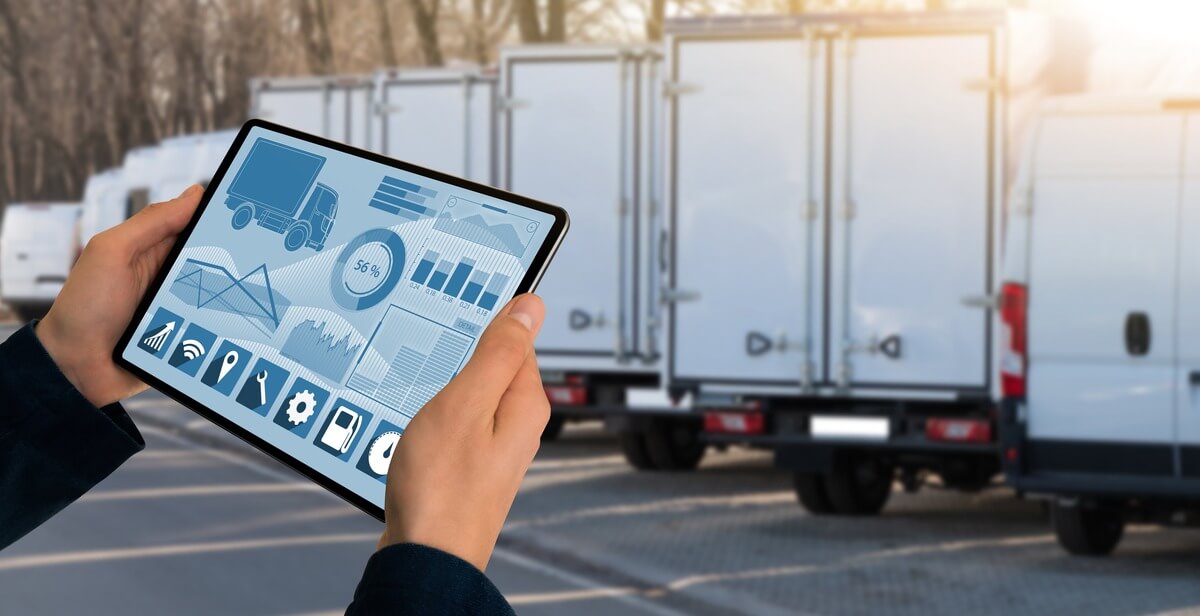Mississauga, ON – March 31, 2023 – Our engineering teams bring their best selves to ZenduiT every day. We are passionate about what we do and are constantly building new features into the ZenduCAM platform to make your fleets and operations safer, more efficient, and more profitable. Over this month, we have added several features […]
Tag: Zenduit
A Guide to Road-Facing Dash Cameras
The main benefits associated with road-facing dash cameras include providing live views into what’s happening on the road ahead, capturing critical data such as speed and lane changes, and recording possible evidence in the event of an accident. Additionally, these types of cameras are extremely versatile as they can be used both day and night, offering clear footage regardless of lighting conditions.
Everything You Need to Know About Indoor GPS Tracking
By deploying the right Indoor GPS tracking solution, businesses can take their operations to new heights, while also providing a better experience for their employees, customers, and stakeholders.
A Guide to Rear-View Dash Cams
Rear-view dash cameras are a popular way to protect drivers from fraudulent insurance claims and liability. Most rear-view dash cams are GPS-enabled, allowing fleet managers to monitor driving behaviour in real-time and improve driving practices where necessary.
A Guide to Side-View Dash Cams
Anyone looking for an extra layer of protection when driving would benefit from a side view dash cam. This type of camera provides extra footage in the event of an accident, showing what happened just before and after impact that other cameras may not capture by simply recording what’s ahead of the vehicle.
Everything You Need to Know About Dash Cams
While dash cams have been available for personal use for some time, they are becoming increasingly popular in commercial fleets. Businesses large and small have realized the value that dash cams provide, not only to vehicles and drivers, but to business operations and ultimately, a company’s bottom line. What are Dash Cams? Dashboard cameras, or […]
What is the ELD Mandate?
Because enforcement of this regulation for provincially-regulated carriers varies by province (as each province determines whether and when to enforce it), and due to the lengthy (and sometimes contradictory) rollout across North America, there has been some confusion as to what the ELD Mandate is, who it pertains to, and how to remain compliant.
The Top 8 Fleet Industry Trends for 2023
With advances in technology and a host of new regulations on the horizon, the fleet industry is in a near-constant state of evolution. As we enter the new year, it can feel like there’s a lot to keep up with. Below, we’ll discuss eight top trends that experts predict will dominate the fleet industry in […]
A Beginners Guide to Fleet Automation
Automation can look like a lot of things, depending on the size of your fleet – from optimizing routes and dispatching vehicles to monitoring individual drivers, managing vehicle maintenance and tracking vehicles. Fleet automation is the use of technology to optimize, automate and improve the operations of a fleet. It involves digital tools such as sensors and hardware in tandem with software to increase the efficiency of fleet operations.
Telematics vs. Fleet Management Software: Which is Better?
While telematics and fleet management software serve different purposes, they can be used synergistically to provide a comprehensive view of your fleet. By integrating both solutions into one platform, businesses can access real-time data on vehicle performance while being able to track maintenance schedules and improve operational efficiency.
